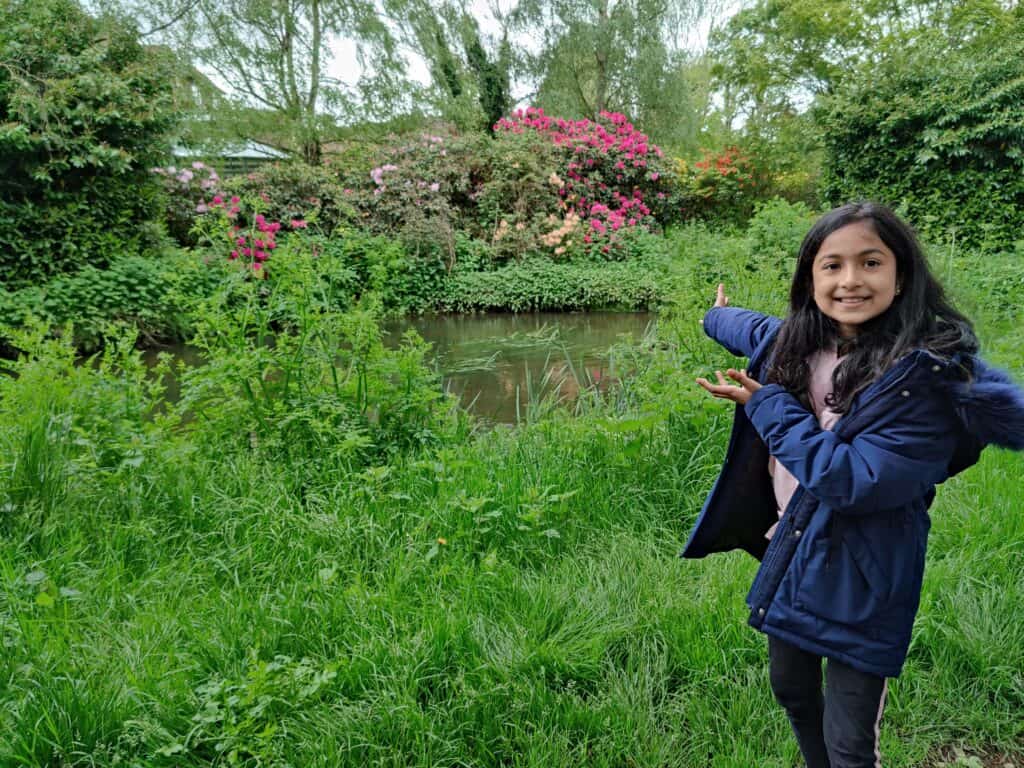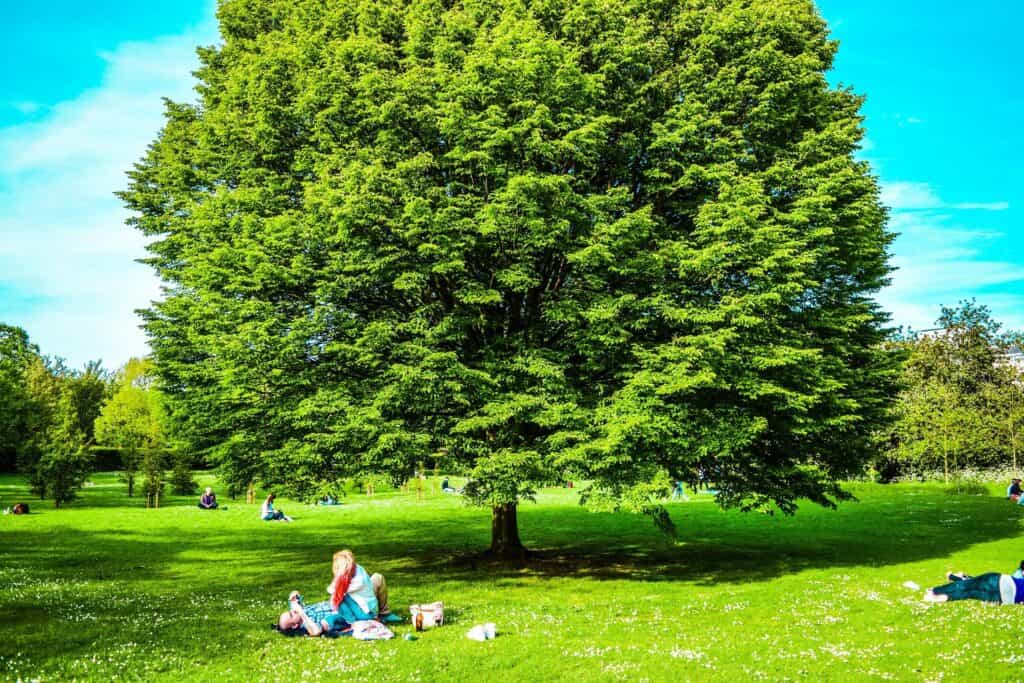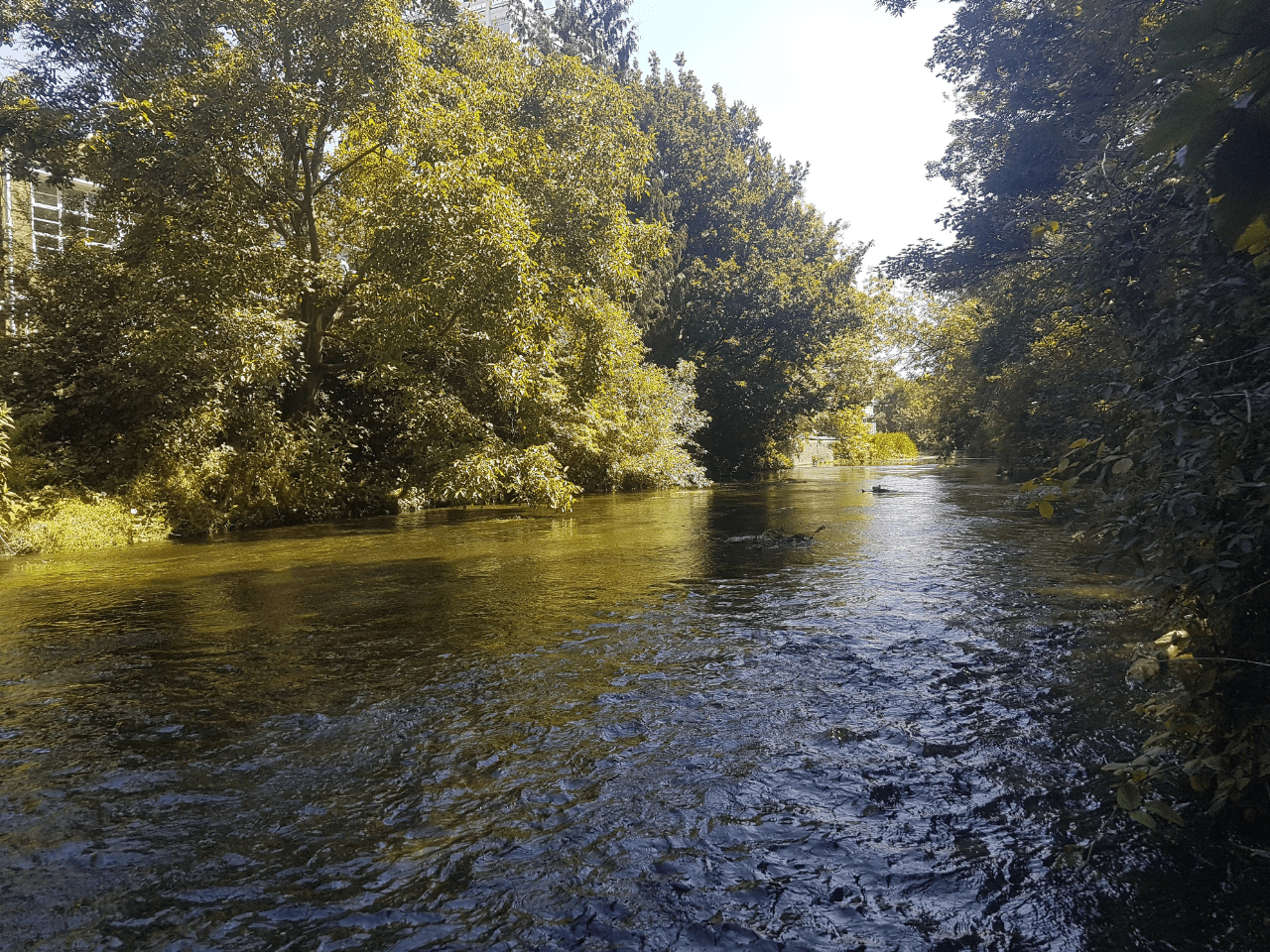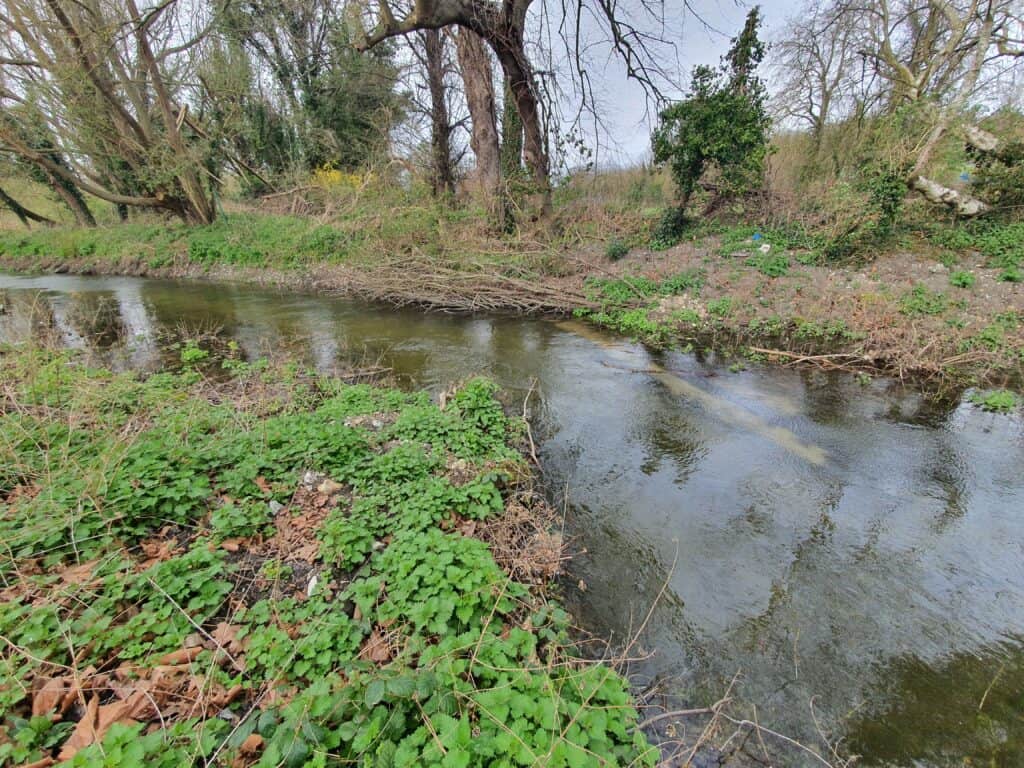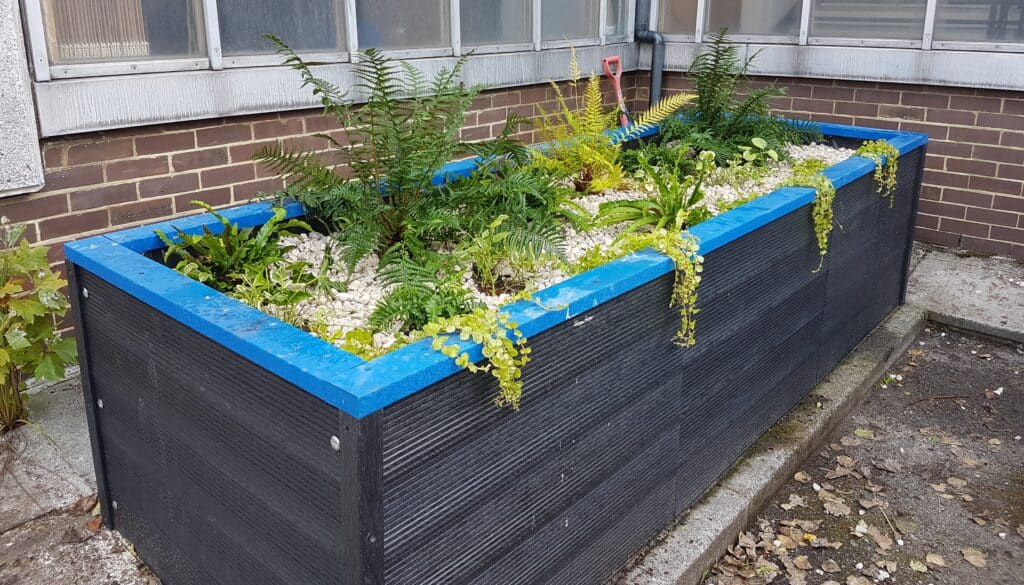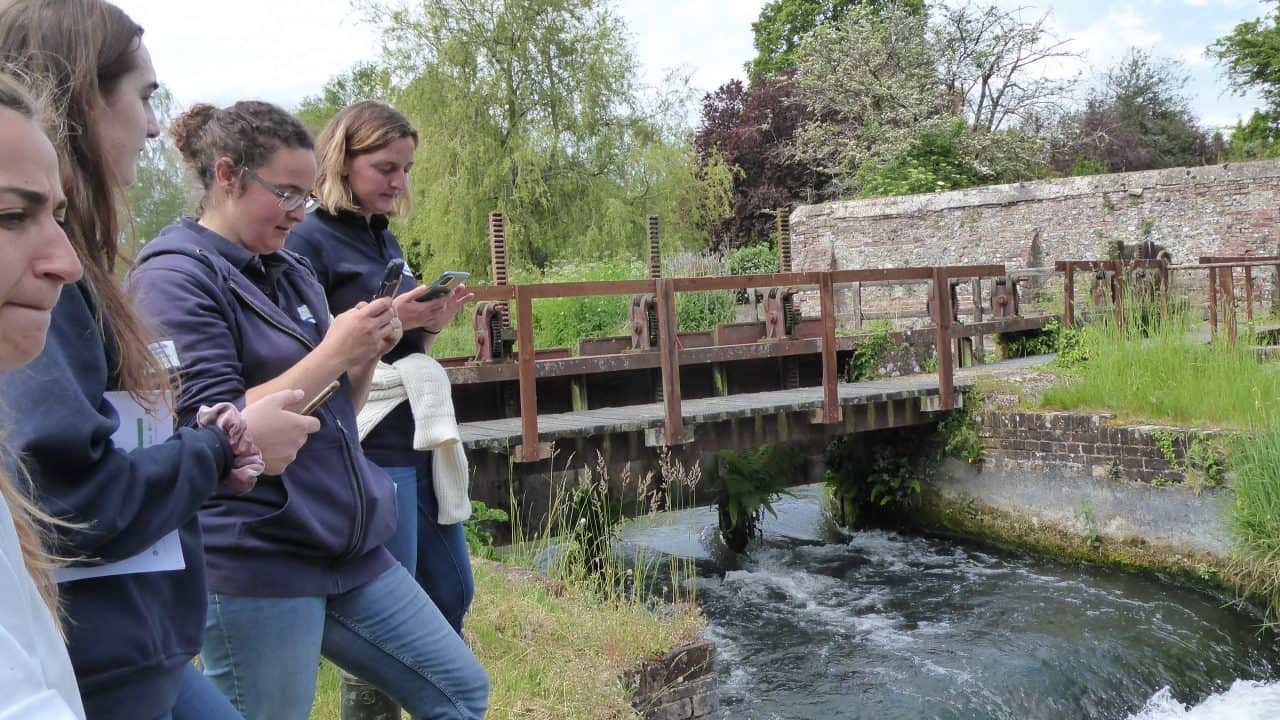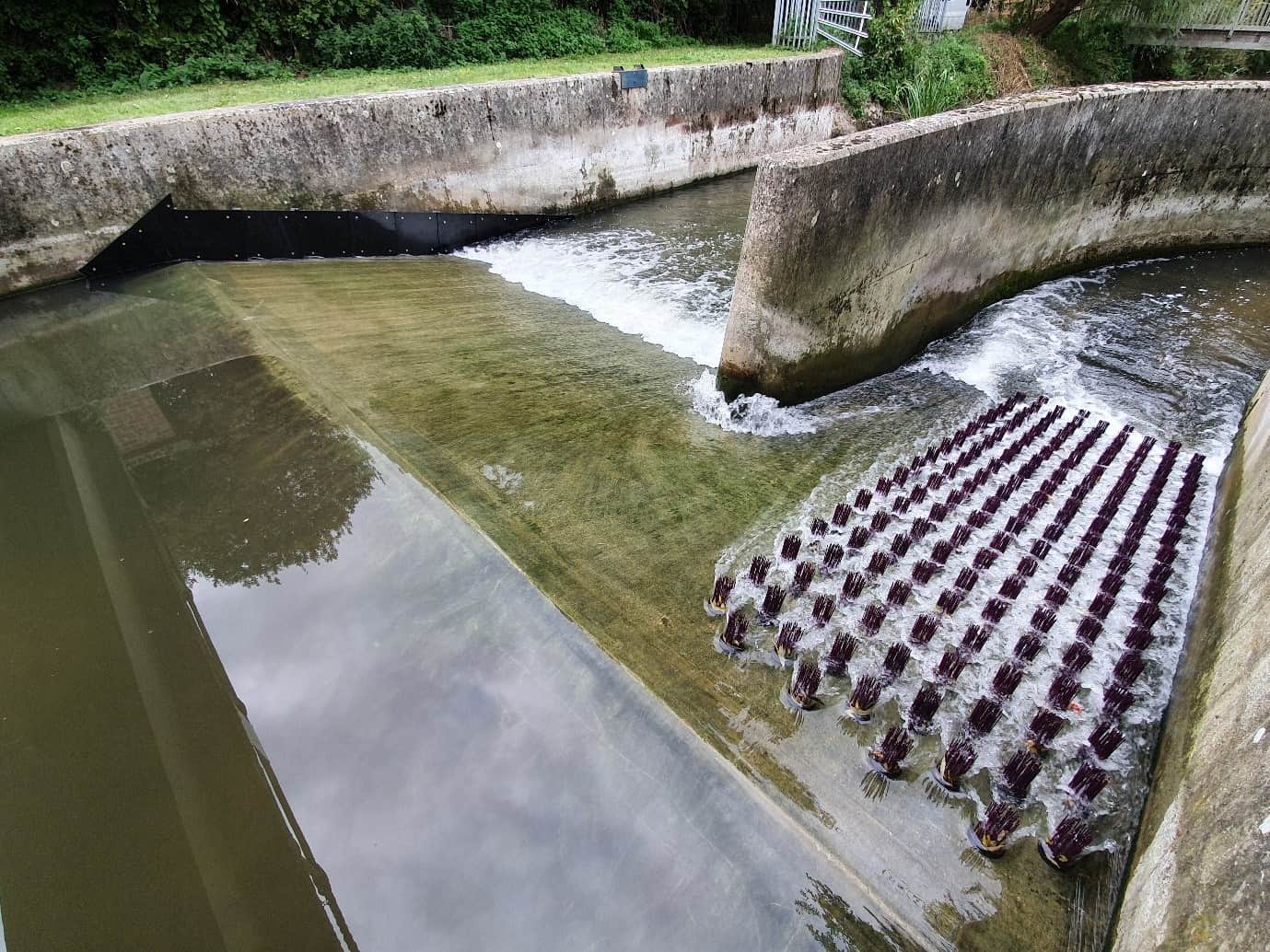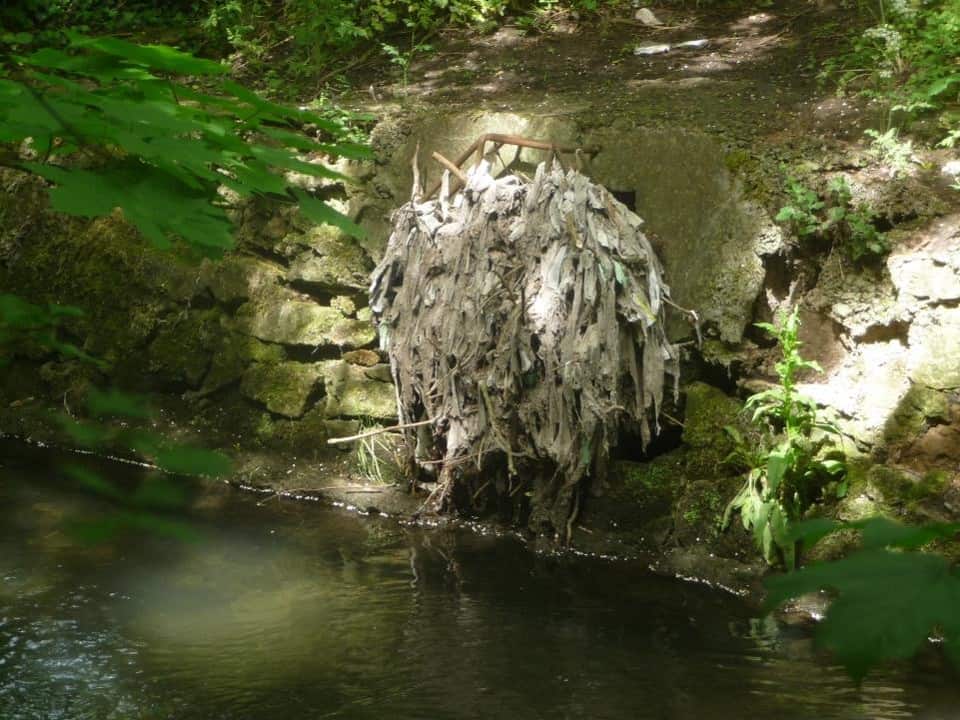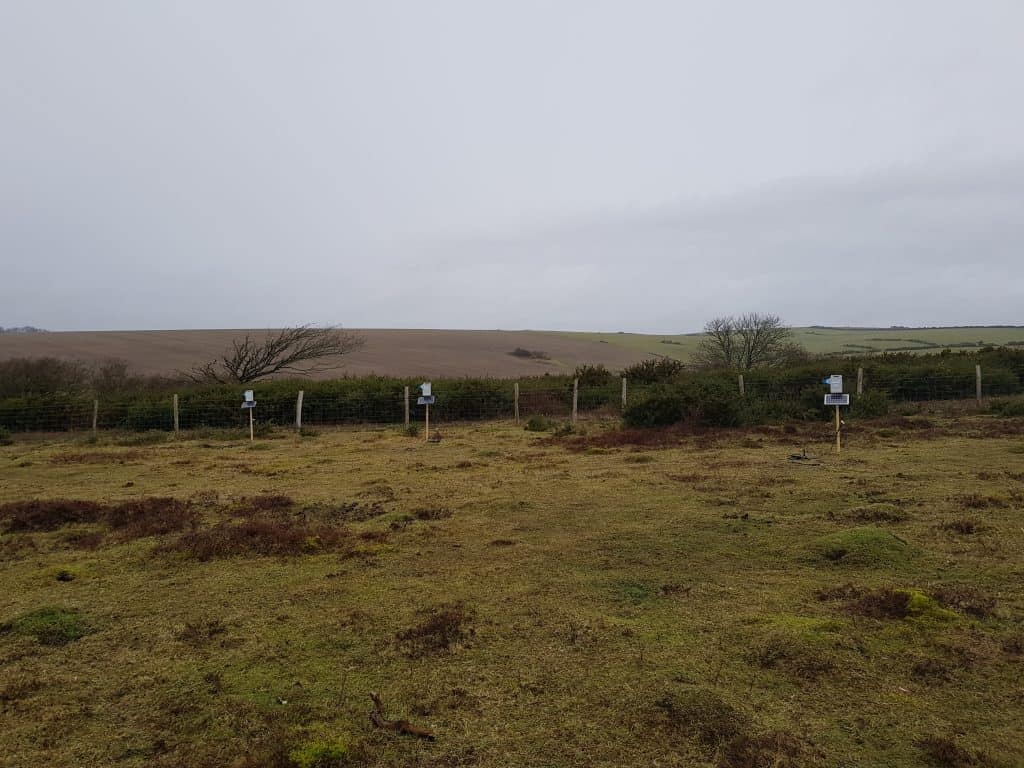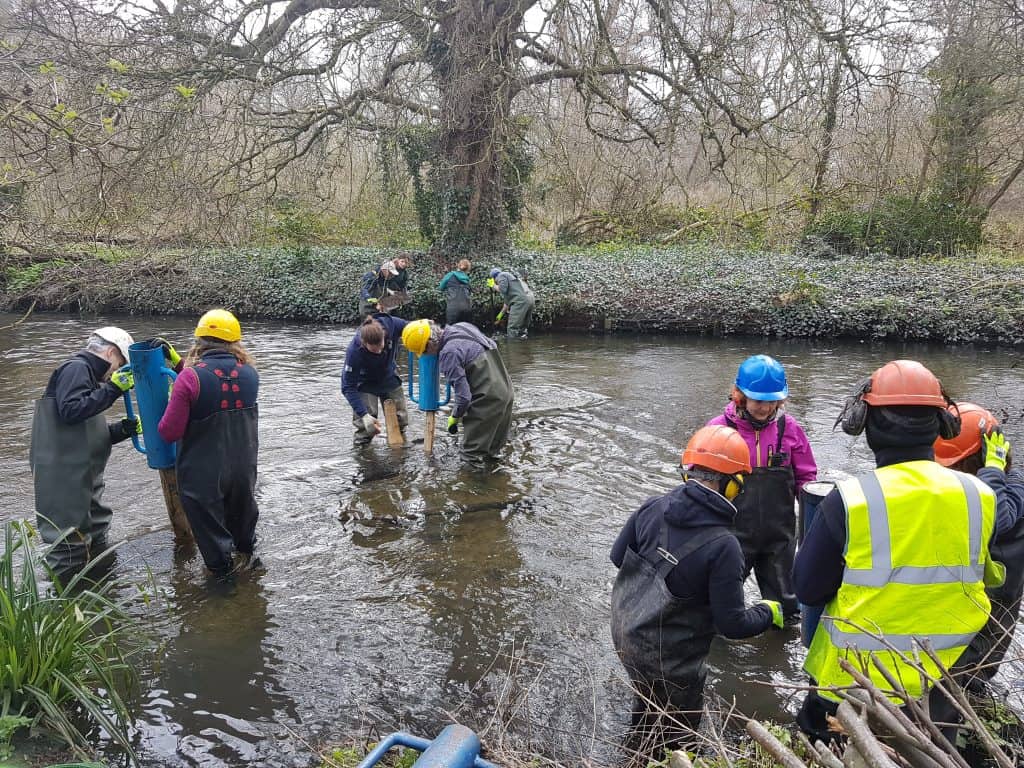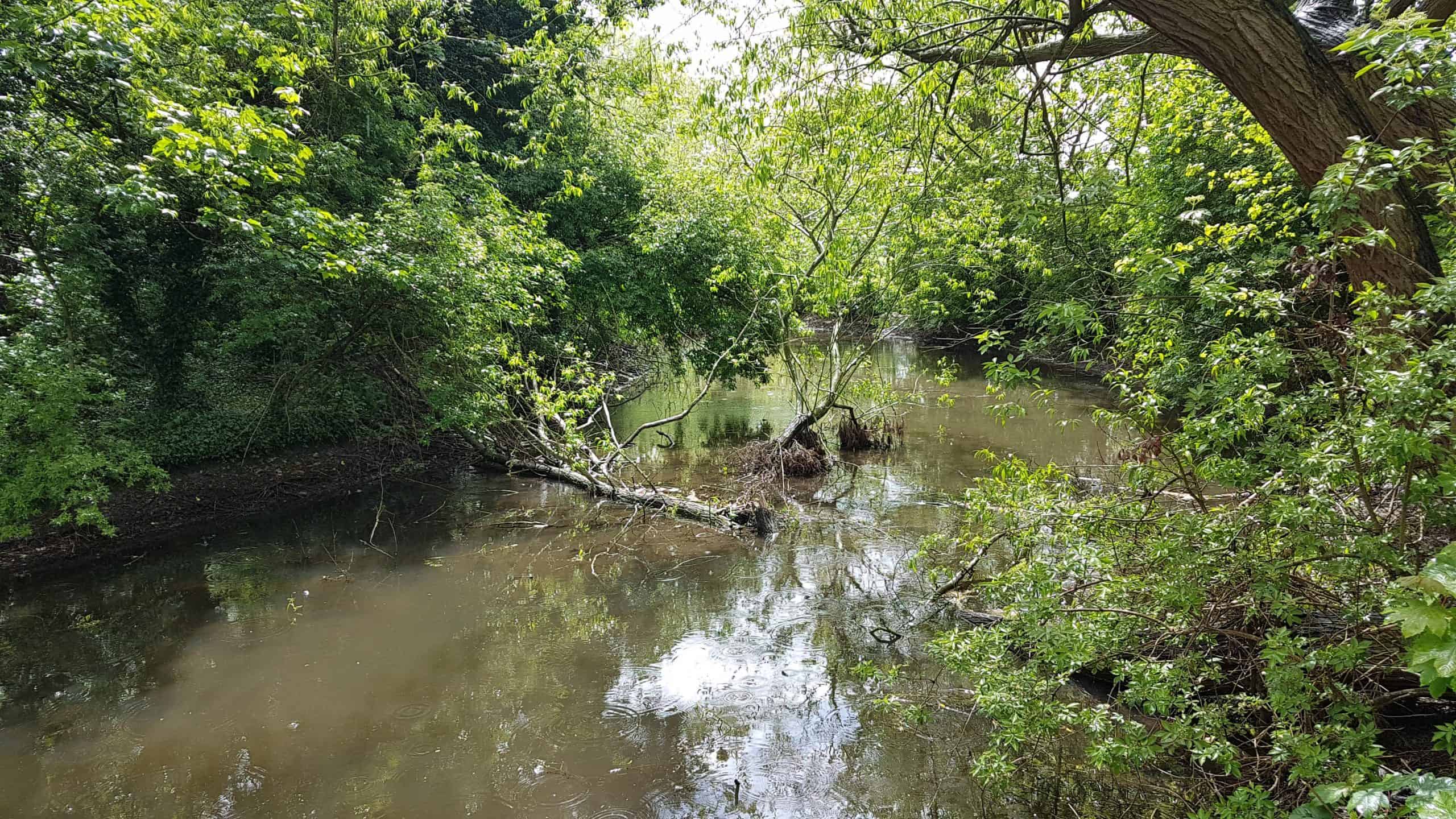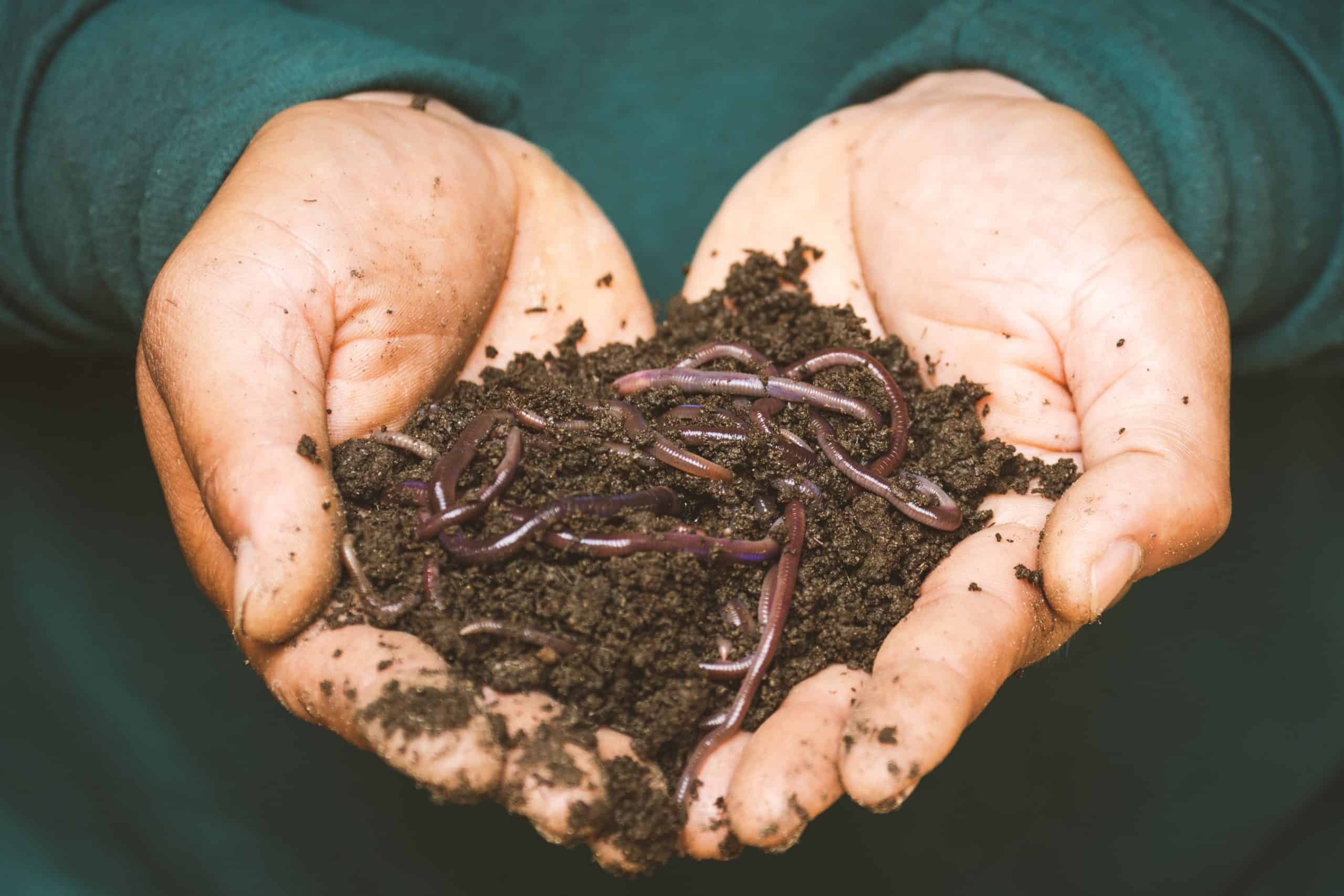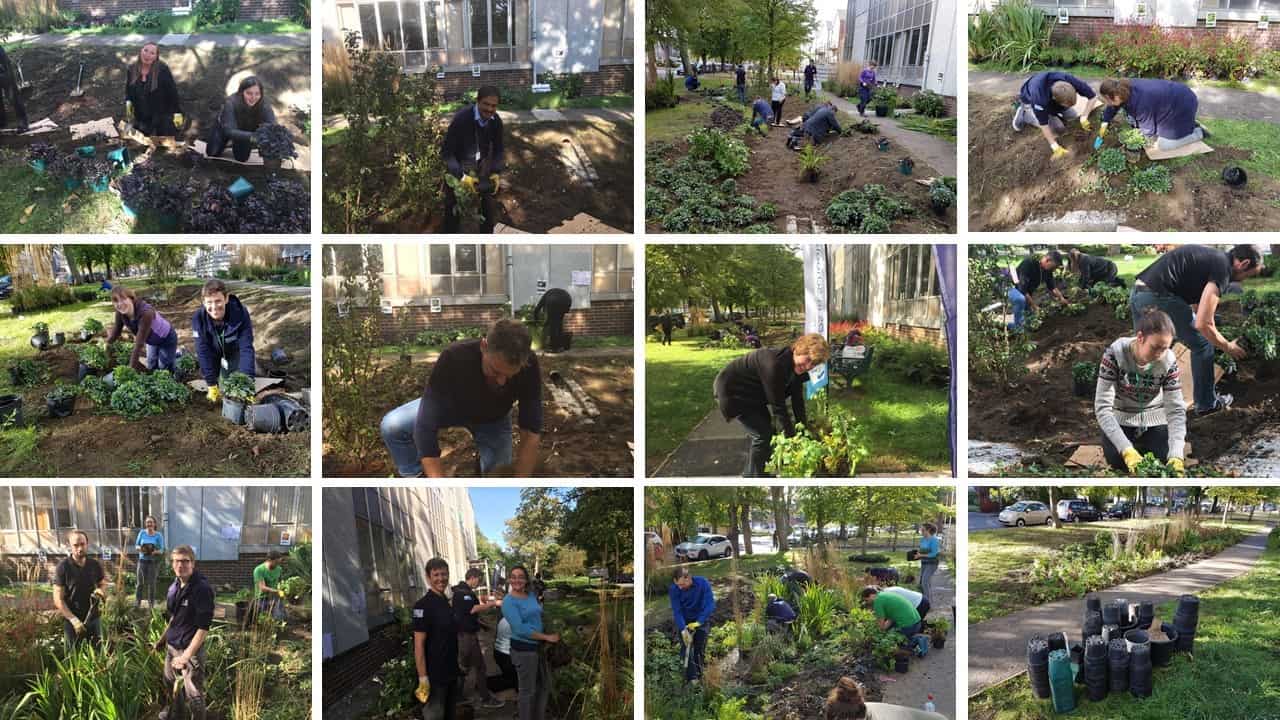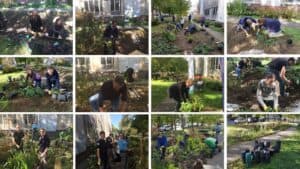While works are being planned to restore the Emm Brook in Riverside Park, Wokingham, the South East Rivers Trust has begun engaging the community through an interschool competition.
Primary schools in the area were all invited to take part in the School River Challenge. Schools competed to get the most pupils to become certified Junior River Rangers. The prize? A class set of river dipping equipment.
The competition was run over the June half term. It was launched in each school with an assembly – delivered virtually over Zoom – in the week beginning 17th May. Many teachers took the week before half term to undertake some of the Junior River Ranger activities as a class. Children were then encouraged to complete the remaining activities with family and friends. In the course of the competition, we received more than 300 hits on our Junior River Ranger webpage!

